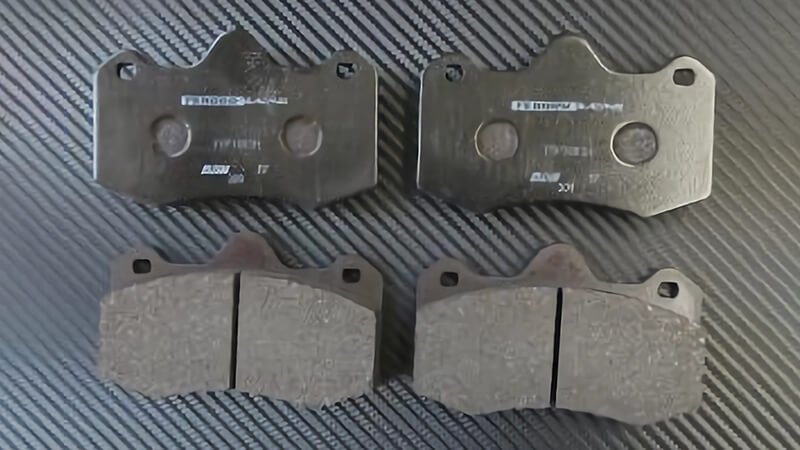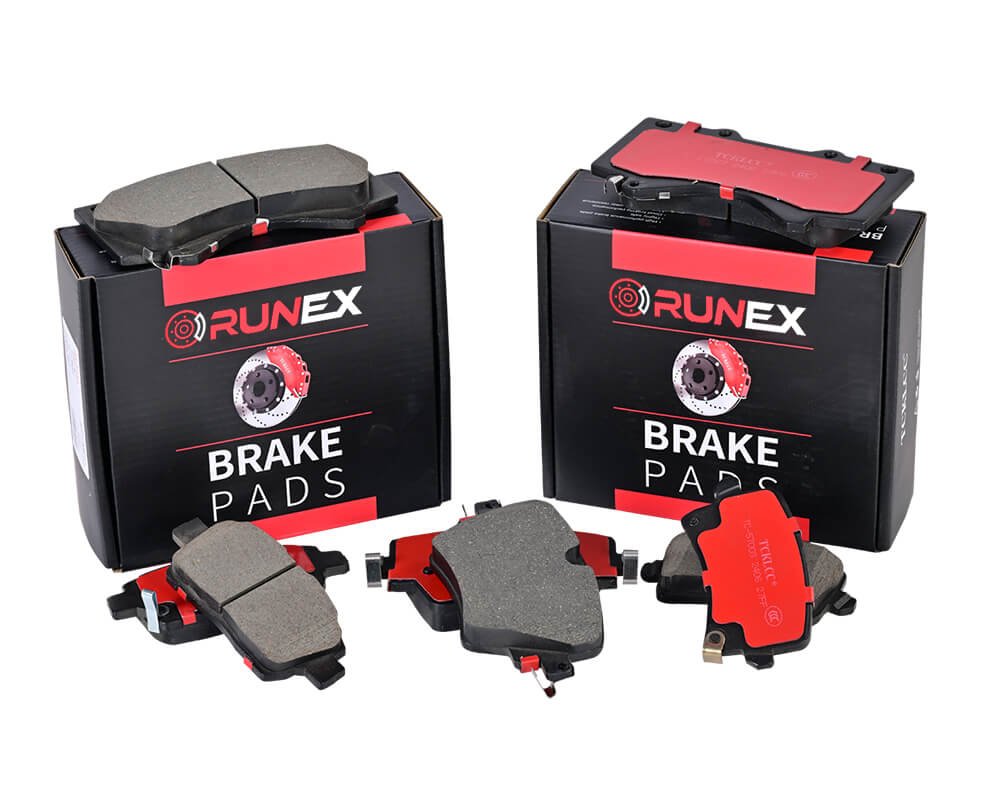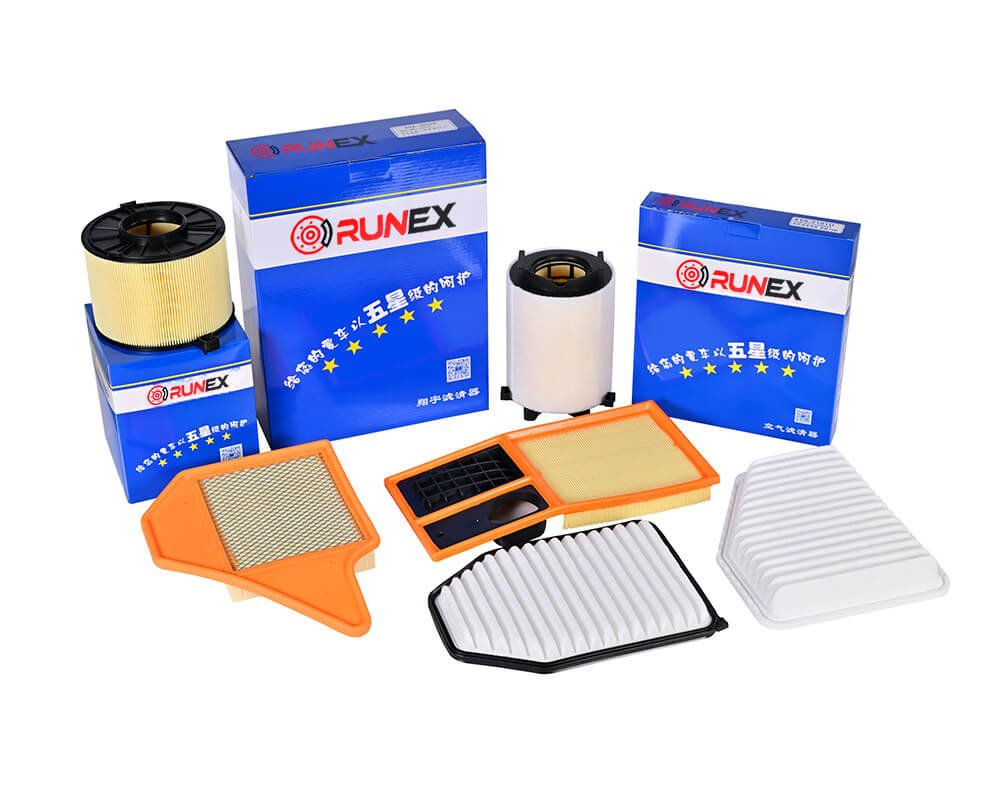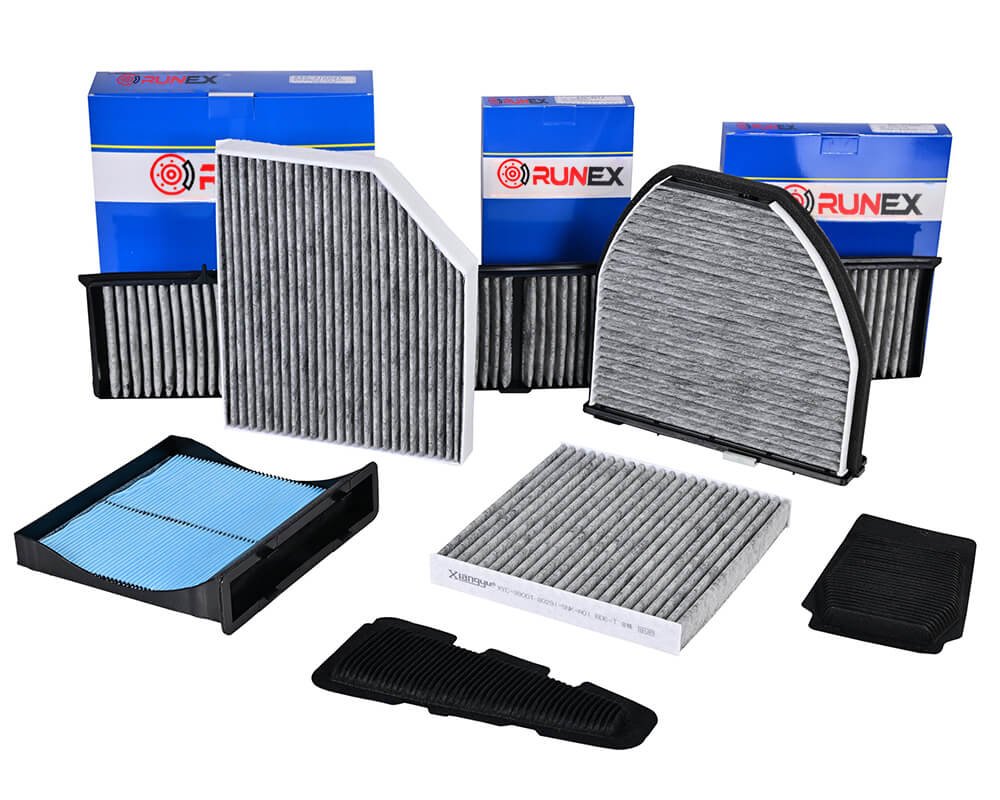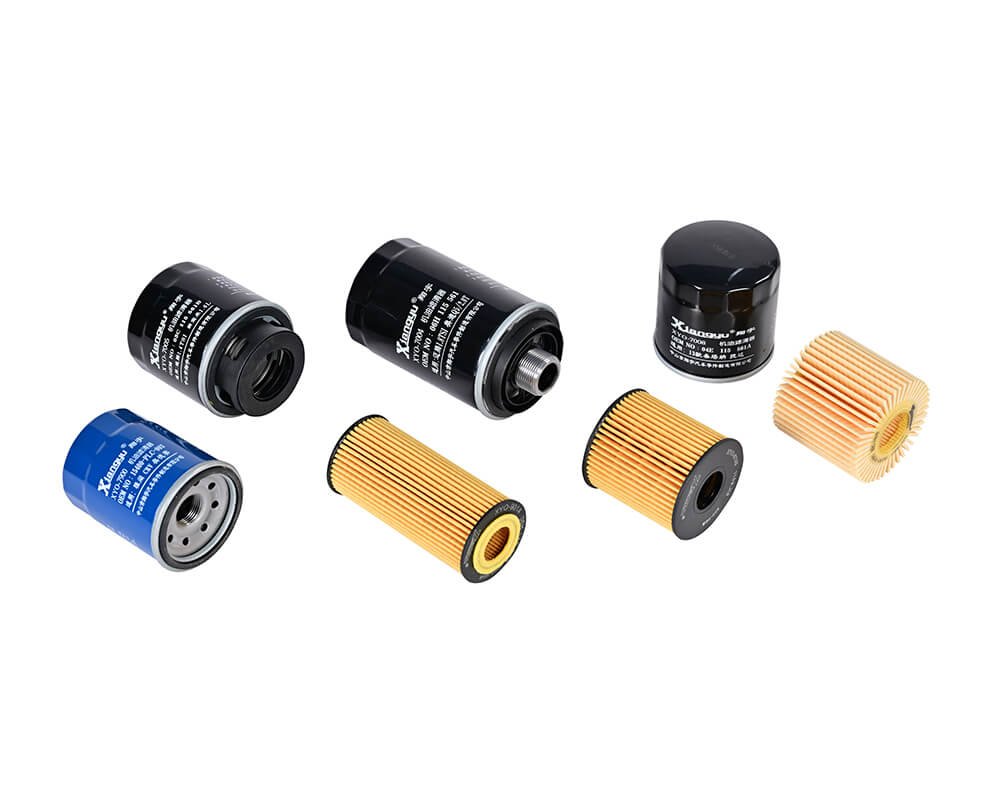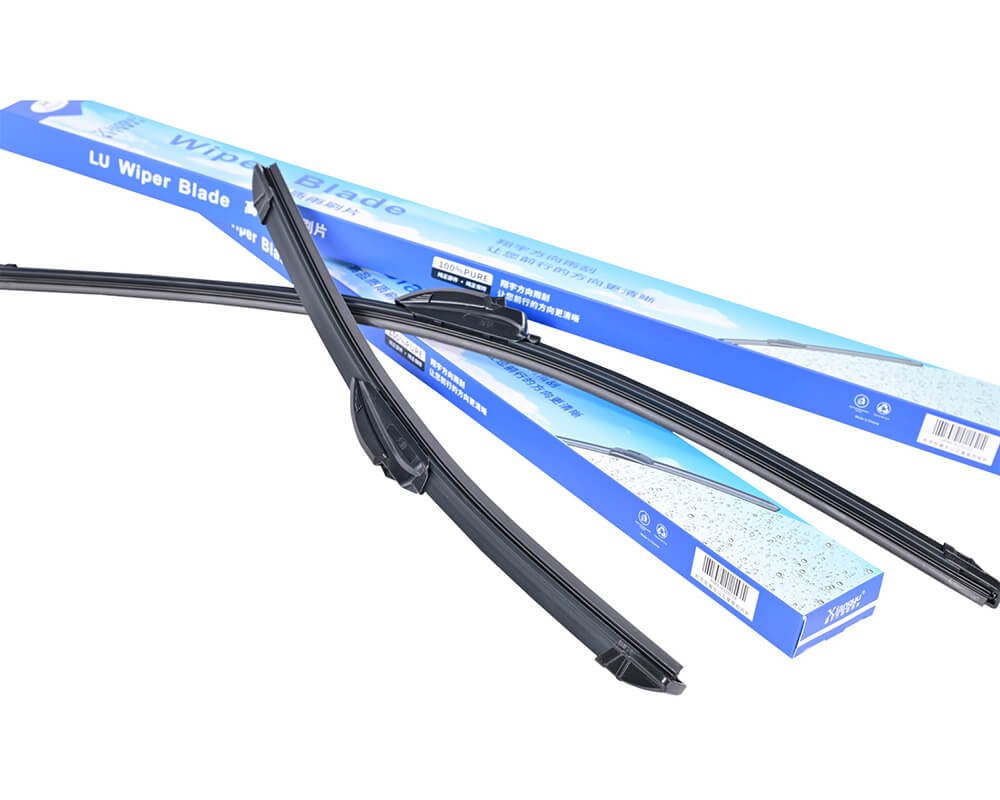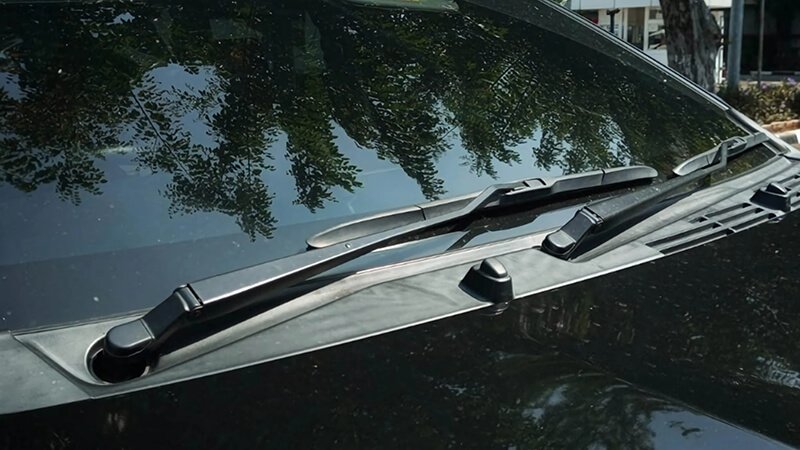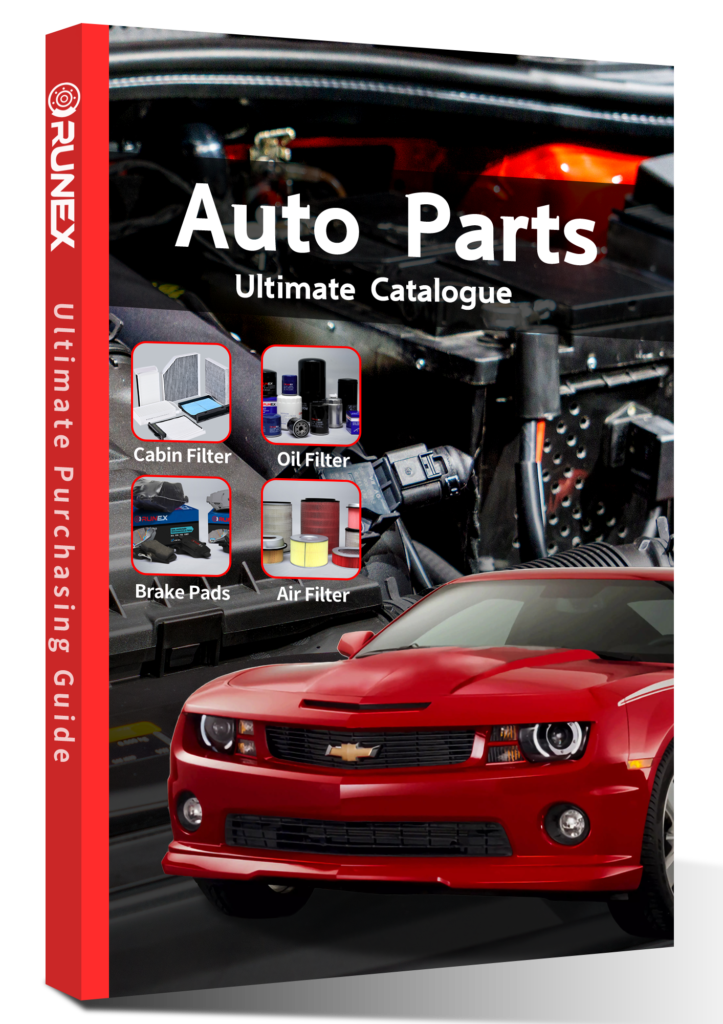Mixing brake pad brands to cut costs may seem smart—but it usually backfires. Uneven wear, noise, and poor braking balance are common outcomes.
Using different brands of brake pads can lead to inconsistent performance, increased wear, and customer dissatisfaction. It’s not worth the risk for short-term savings.
Brake systems rely on balance and symmetry. When materials differ across wheels, the system becomes unstable. That’s why even urgent demand shouldn’t justify mixed sourcing. Here’s what you need to know.

Is it OK to use different brand brake pads?
Some buyers assume all brake pads are the same. They’re not. Different brands use different materials, coatings, and formulations—even for the same car model.
Mixing brands of brake pads often leads to uneven braking, increased wear on rotors, and higher chances of noise and vibration. It compromises vehicle safety and driver experience.
Why brake pad materials matter
Brake pads come in various compounds—ceramic, semi-metallic, organic. Each behaves differently under pressure and temperature. One pad might be softer, wearing down faster. Another may be harder, causing rotor grooves. Together, they don’t play nice.
| Compound Type | Heat Resistance | Noise Level | Wear Rate |
|---|---|---|---|
| Ceramic | High | Low | Low |
| Semi-metallic | Very High | Medium | Medium |
| Organic | Low | High | High |
The friction coefficients don’t match. That leads to braking imbalance1. And imbalance creates safety risks. A front-left brake grabbing harder than the right can cause a pull. Rear pads that don’t match can trigger premature ABS or stability control intervention.
A case from the field
One of my clients once installed front pads from Brand A and rear pads from Brand B. The result? After two weeks, his customer came back complaining about grinding noise and a strong leftward pull under braking. He replaced everything with our Runex pads2, and the problem disappeared.
So is it OK to use different brand pads? In theory, yes. In practice? Almost always no.
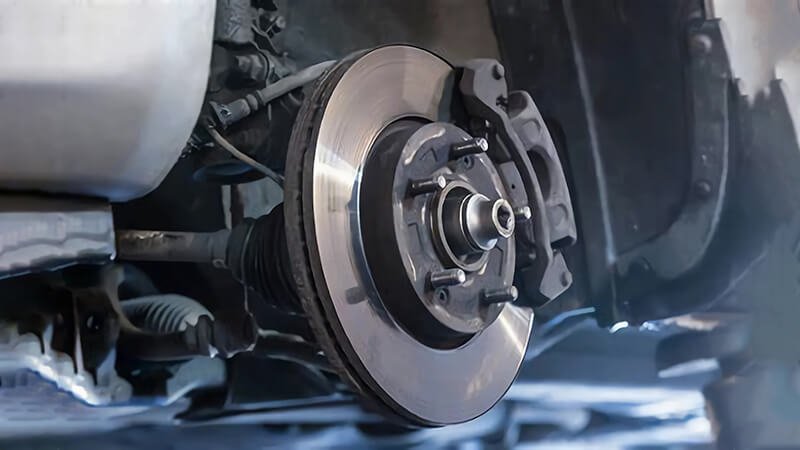
Can you mix brands of brakes?
In emergencies, distributors might grab whatever stock is available. The intention is good—fulfill orders fast. But the damage shows up later.
Mixing brands may solve a short-term availability problem but creates long-term performance problems. The inconsistency between friction materials is where issues begin.
Short-term supply pressure, long-term cost
A partner distributor once mixed two brands during peak season. Shops reported inconsistent brake feel3 and unusually quick pad wear. Some vehicles returned within 2000 km with squealing noises. We helped him transition entirely to Runex Auto pads. Complaint rates dropped by 50%, and he told me, “I’ve stopped patching with whatever I can get. Now I stock smart.”
Here’s what happens when you mix:
- Material mismatch: Ceramic on one side, semi-metallic on the other? That’s a recipe for uneven rotor wear4.
- Noise differences: Different compounds produce different squeal frequencies.
- Uneven heat distribution: One pad type may fade faster, triggering stability or braking issues.
| Scenario | Outcome |
|---|---|
| Matching front/rear, same brand | Stable braking, low noise |
| Front ceramic + rear metallic | Brake fade in rear, poor balance |
| Left/right mismatch | Vehicle pull, rotor damage |
OEM vs Aftermarket: Still a mix?
Even mixing an OEM pad on one axle and aftermarket on the other can be problematic. Testing standards differ. Pad bedding processes may not match. That creates another layer of variability—and risk.

Do all 4 brake pads need to be the same?
Most buyers know you should replace brake pads in axle pairs. But does that mean all four must match? Yes, if you care about brake symmetry.
All four brake pads don’t have to be from the same box—but they must be made with the same material type, performance rating, and quality standard to ensure consistent braking.
Why full set uniformity matters
Front and rear brakes don’t do equal work—front pads typically handle 60-70% of braking force. Still, the rear brakes must complement the front. If rear pads are too weak, front ones overcompensate and wear faster. If rear ones bite too hard, stability suffers.
Here’s what changes when the pad type or brand varies between axles:
- Brake bias shifts (especially under load)
- Braking feel becomes inconsistent (mushy rear, aggressive front)
- Wear rate varies (leading to staggered maintenance needs)
- ABS and ESC systems get confused by inconsistent feedback
Real-world proof
A UK fleet manager once split their sourcing to test two suppliers. Front pads from one, rear from another. Within a month, several vans had rotor scoring and reported brake noise. Uniform pads fixed it.
The takeaway: consistency helps extend rotor life5, predict replacement intervals, and simplify support logistics.
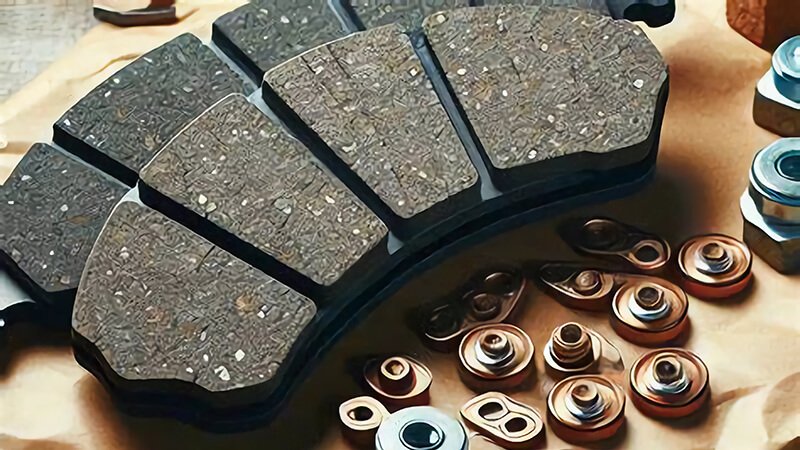
Can I mix brake pads?
The simplest answer is: you can, but you shouldn’t. Especially not if you're looking to build a reputation for quality.
Technically, you can mix brake pads, but doing so introduces risks of uneven wear, noise, safety issues, and reduced performance—especially in high-demand or commercial applications.
What professionals do instead
Smart buyers plan ahead. They stock pads based on material type and application use—not just part number. If they must mix, they ensure the compound and performance class match, even if the brand doesn’t.
But in my experience, even this “safe mixing” often backfires. Why?
- Friction materials may be labeled similarly but behave differently.
- Brake hardware compatibility may vary (shims, backplates, coatings).
- Tolerances in size or taper can differ, affecting pad alignment.
| Factor | Mixing Risk | Recommendation |
|---|---|---|
| Friction Material6 | High | Match exact compound |
| Shim Design7 | Medium | Use same brand when possible |
| Pad Thickness Consistency8 | High | Avoid mixed suppliers |
Instead of mixing, I always advise stocking with a single, reliable source. With Runex Auto, I know what I’m getting—low noise, stable friction, reliable support. It also makes it easier to trace issues if they occur.
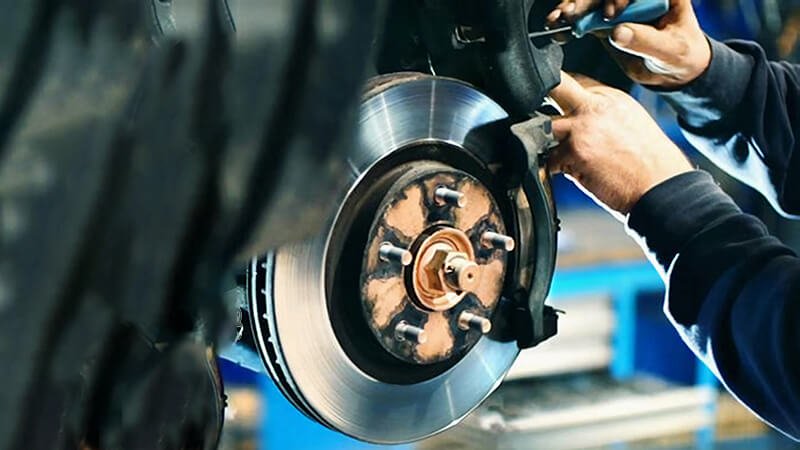
Conclusion
Mixing different brands or types of brake pads9 is risky. It affects safety, consistency, and customer satisfaction. I've seen the cost of inconsistency—complaints, returns, lost trust. Brake pads aren’t just parts—they’re safety systems. Treat them with the consistency they demand. For long-term performance and peace of mind, stick to a single trusted supplier. That’s how we keep wheels turning safely and smoothly.
-
Learn about the causes of braking imbalance to ensure your vehicle's safety and performance. This resource provides essential information. ↩
-
Discover why Runex pads are preferred for optimal braking performance and safety. This link offers valuable information on their advantages. ↩
-
Understanding brake feel is crucial for ensuring safety and performance in vehicles. Explore this link to learn more about its importance. ↩
-
Uneven rotor wear can lead to serious braking issues. Discover the causes and solutions to maintain your vehicle's safety. ↩
-
Extending rotor life is essential for vehicle maintenance. Learn effective practices to enhance longevity and performance. ↩
-
Understanding the risks of mixing friction materials can help you make informed decisions for safety and performance. ↩
-
Explore how shim design impacts brake performance and why using the same brand can be beneficial. ↩
-
Learn why maintaining pad thickness consistency is crucial for optimal brake performance and safety. ↩
-
Find the best OEM Brake Pads from Runex Auto, clicking this link to get all products for your business. ↩

